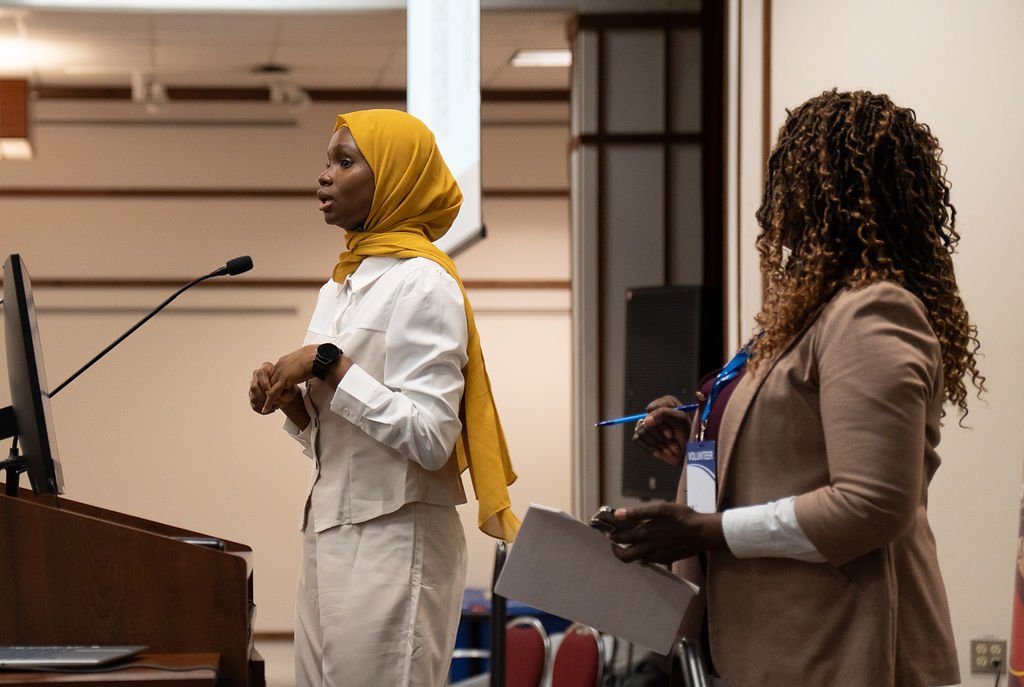






Saint Mary's University recently held Resetting Canada's Immigration Policy and the Impact on Smaller Provinces, an event hosted by the Atlantic Research Group on Economics of Immigration, Aging and Diversity (ARGEIAD). This high-impact conference brought together influential voices from across the region to reimagine immigration policy through the lens of Atlantic Canada's future.
The keynote address, delivered by renowned economist Dr. Herbert Emery of the University of New Brunswick, set the tone for the day with powerful insights on how small provinces can leverage immigration to fuel economic growth in a national labour market. Dr. Emery emphasized that policies facilitating successful labour market integration of newcomers are essential to realizing their full economic potential—a particularly urgent message in light of recent federal immigration policy changes expected to reduce the number of newcomers to smaller regions like Atlantic Canada.
Lively panel discussions followed, tackling everything from policy reform to on-the-ground settlement challenges. Featured speakers included Omar Abdellatif (Nova Scotia Government), Gabriel Williams (Government of Newfoundland and Labrador), Paula Knight (Immigrant Services Association of Nova Scotia), Lisa Bamford De Gante (Multicultural Association of Fredericton), Dean Constable (Immigrant and Refugee Services Association of PEI) and James Murphy (Association for New Canadians, Newfoundland and Labrador)—all of whom shared real-world strategies and regional perspectives.
One key theme that emerged was the importance of improving immigrant retention and attracting newcomers from other regions to offset declining arrivals under the new national policy direction. In this regard, the settlement sector continues to play a critical, complementary role—not only in helping newcomers integrate, but also in supporting broader community and economic development.
Moderators Patrick Brannon of the Atlantic Economic Council and Wendy Luther, President & CEO of Halifax Partnership, kept conversations sharp, solutions-focused and rooted in economic impact.
While population growth driven by immigration contributes to economic vitality, several speakers also highlighted that it requires immediate attention to the infrastructure challenges it brings, including housing, education, and healthcare capacity, all of which must evolve in step with demographic changes to ensure successful long-term outcomes.
"Our goal with ARGEIAD was to create a space where policy leaders, researchers, and community organizations could engage meaningfully with one another," said Dr. Ather H. Akbari, Event Chair and professor at Saint Mary's University. "Smaller provinces face unique immigration challenges, and collaboration is key to crafting sustainable, regionally responsive solutions—especially now, given the shifting national immigration landscape."










































